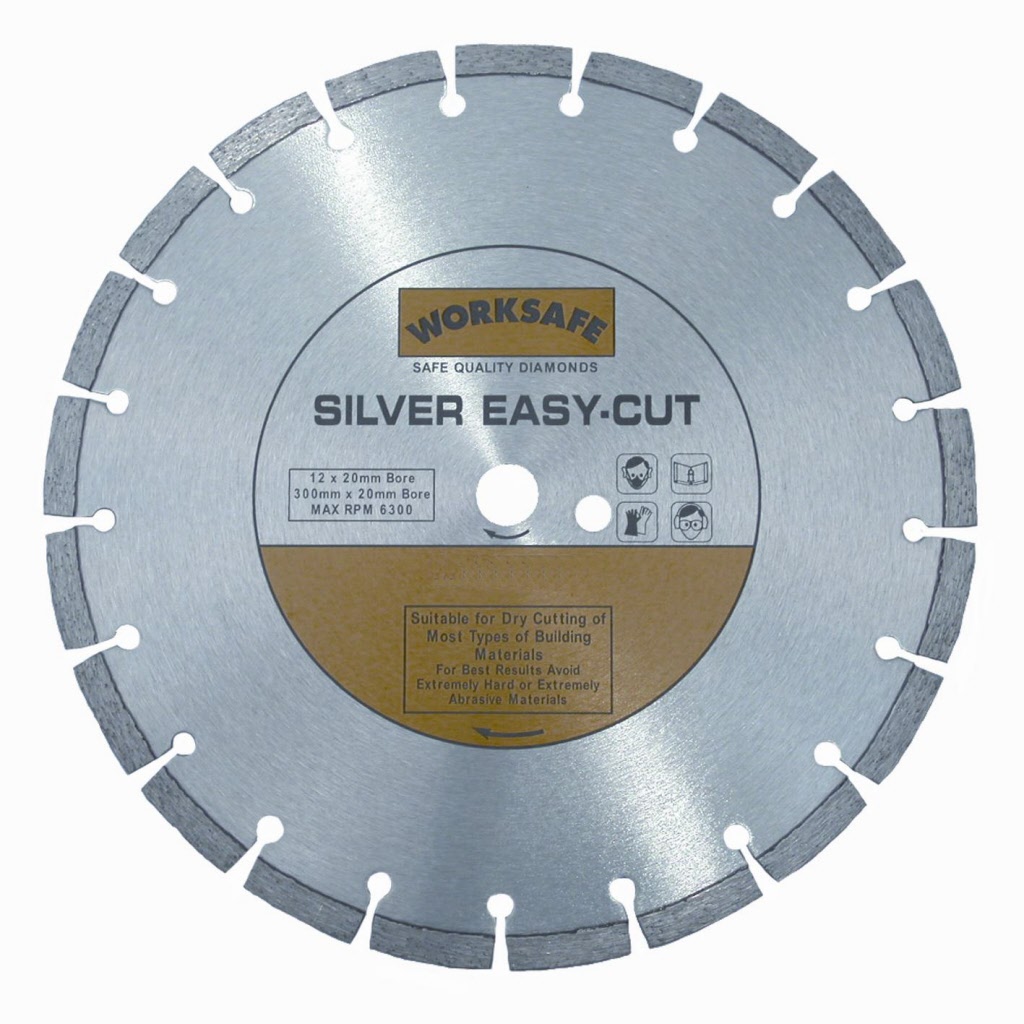Cutting Through the Mystery: The Versatile Uses of Diamond Blades
When it comes to cutting through tough materials such as concrete, stone, and asphalt, one tool stands out for its exceptional performance and durability – the diamond blade . Harnessing the strength and sharpness of diamonds, these specialized blades are used in a variety of applications across industries, showcasing their versatility and efficiency. Whether in construction, masonry, or even artistic pursuits like sculpting, the diamond blade has become an indispensable tool for professionals seeking precise cuts and reliable performance.
Types of Diamond Blades
There are various types of diamond blades designed to cut through different materials. The most common types include continuous rim blades, turbo blades, and segmented blades. Continuous rim blades are ideal for cutting materials such as tiles and ceramics smoothly and without chipping. Turbo blades, with their serrated edges, are best suited for faster cutting of harder materials like granite and concrete. Segmented blades, on the other hand, have gullets or spaces between the segments for better debris removal during cutting, making them suitable for materials like masonry and brick.
Diamond blades are further classified based on their bond types. The two main bond types are electroplated and sintered. Electroplated diamond blades have diamonds embedded in a metal bond through a plating process, making them best for cutting non-ferrous materials like plastics and fiberglass. In contrast, sintered diamond blades have diamonds mixed with metal powders and sintered together at high temperatures. This gives them durability and effectiveness in cutting hard and abrasive materials like asphalt and concrete.
In addition to the general types, there are specialized diamond blades for specific applications. For instance, tuckpointing blades are used for removing mortar joints in brickwork, while rescue blades are designed for cutting materials like metal and wood in emergency situations. Glass blades are tailored to cut through delicate materials like glass and ceramics without causing damage. Each type of diamond blade is engineered to provide precision, efficiency, and longevity for its intended cutting tasks.
Applications of Diamond Blades
Diamond blades are widely utilized in the construction industry for cutting various materials such as concrete, asphalt, and masonry. They are essential tools for contractors and builders for tasks like creating expansion joints, cutting trenches, and shaping corners with precision.
In the field of manufacturing, diamond blades play a crucial role in the production of ceramic tiles and glass. These blades enable precise cutting processes that result in smooth edges and accurate measurements, ensuring high-quality finished products for consumers.
Additionally, diamond blades are commonly used in the demolition industry due to their efficiency and durability. These blades can effortlessly cut through heavily reinforced concrete structures, making them indispensable tools for demolishing old buildings and clearing construction sites swiftly.
Maintenance and Care Tips
Regular cleaning is essential to ensure the longevity of your diamond blade. After use, make sure to remove any debris and residue that may have accumulated on the blade. This can be done using a brush or compressed air to gently clean the surface.

Proper storage is also key in maintaining the effectiveness of your diamond blade. Store the blade in a dry and secure location, away from moisture and direct sunlight. Ensuring the blade is stored flat and not exposed to any potential damage will help preserve its sharpness.
Lastly, it is important to inspect the blade regularly for any signs of wear and tear. Look out for cracks, warping, or uneven wear patterns. If any issues are noticed, it is best to replace the blade promptly to prevent any potential safety hazards during use.